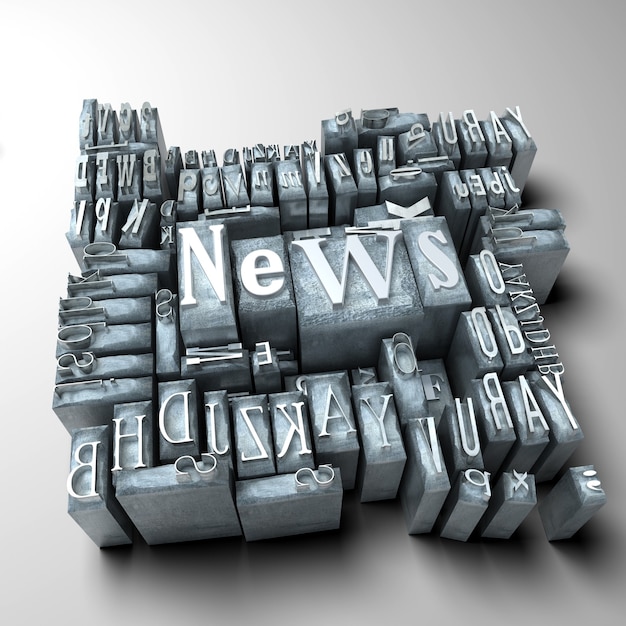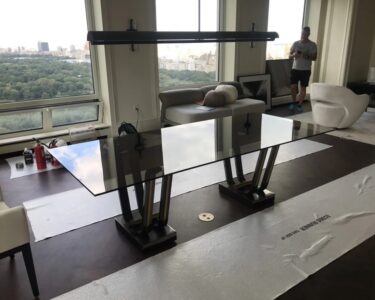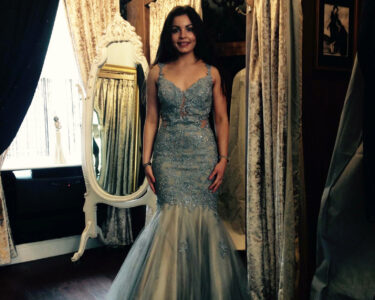In the realm of signage and visual communication, 3D signs stand out as not just functional elements but also works of art. From bold architectural installations to intricate sculptural pieces, 3D sign design offers a canvas for creativity and innovation. In this article, we delve into the artistry of 3D sign design, exploring the techniques, inspirations, and impact of these captivating creations.

The Intersection of Art and Design
Blurring Boundaries
At the heart of 3D sign design lies the fusion of art and design principles. While traditional signage focuses primarily on conveying information, 3D signs go beyond utility, incorporating elements of form, texture, and spatial composition. This blurring of boundaries between art and design allows for the creation of visually stunning pieces that captivate viewers and evoke emotional responses.
Creative Expression
3D sign design provides artists and designers with a platform for creative expression. Whether it’s experimenting with materials, exploring new fabrication techniques, or pushing the boundaries of traditional signage norms, 3D signs offer endless opportunities for innovation and experimentation. From whimsical sculptures to minimalist installations, each piece reflects the unique vision and artistic sensibilities of its creator.
Engaging the Senses
Unlike flat signage, 3D signs engage multiple senses, creating a more immersive and interactive experience for viewers. By incorporating depth, texture, and dimension, these signs invite tactile exploration and visual engagement. Whether viewed up close or from a distance, 3D signs command attention and leave a lasting impression on observers, making them effective tools for storytelling and brand communication.
The Craftsmanship of 3D Sign Fabrication
Precision and Skill
Crafting 3D signs requires a high level of precision and skill. From initial concept sketches to final installation, every step of the fabrication process demands meticulous attention to detail and craftsmanship. Whether working with metal, wood, acrylic, or other materials, artisans and fabricators employ a range of techniques, including CNC machining, laser cutting, and hand sculpting, to bring designs to life with precision and accuracy.
Collaboration and Innovation
Successful 3D sign projects often involve collaboration between designers, fabricators, and clients. By fostering open communication and collaboration, teams can leverage each other’s expertise and creativity to push the boundaries of what’s possible in sign design. This spirit of collaboration fosters innovation and leads to the development of cutting-edge techniques and solutions that elevate the artistry of 3D signs.
Sustainability and Responsibility
In an increasingly environmentally conscious world, sustainability and responsible practices are becoming integral to 3D sign fabrication. From sourcing eco-friendly materials to minimizing waste and energy consumption, fabricators are embracing sustainable practices to reduce their environmental footprint. By prioritizing sustainability, 3D sign designers and fabricators can create beautiful and impactful signage that aligns with their values and contributes to a more sustainable future.
Conclusion
The artistry of 3D sign design represents a convergence of creativity, craftsmanship, and innovation. From pushing the boundaries of traditional signage to engaging multiple senses and fostering collaboration, 3D signs offer a canvas for artistic expression and visual storytelling. As the demand for unique and immersive brand experiences continues to grow, the artistry of 3D sign design will play an increasingly vital role in shaping the landscape of visual communication and brand identity.



